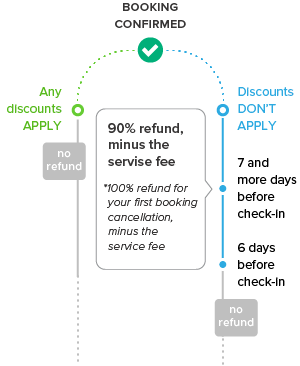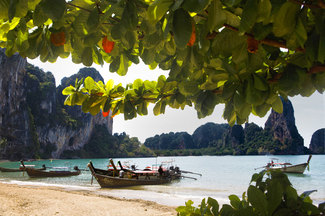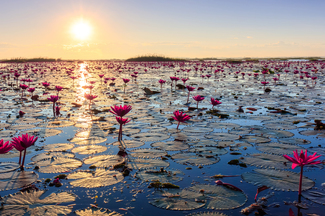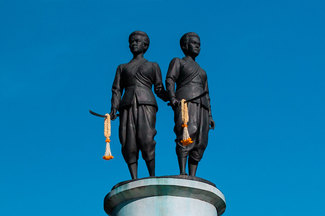KOH SAMUI - THE TROPICAL TOURIST'S SHANGRI-LA
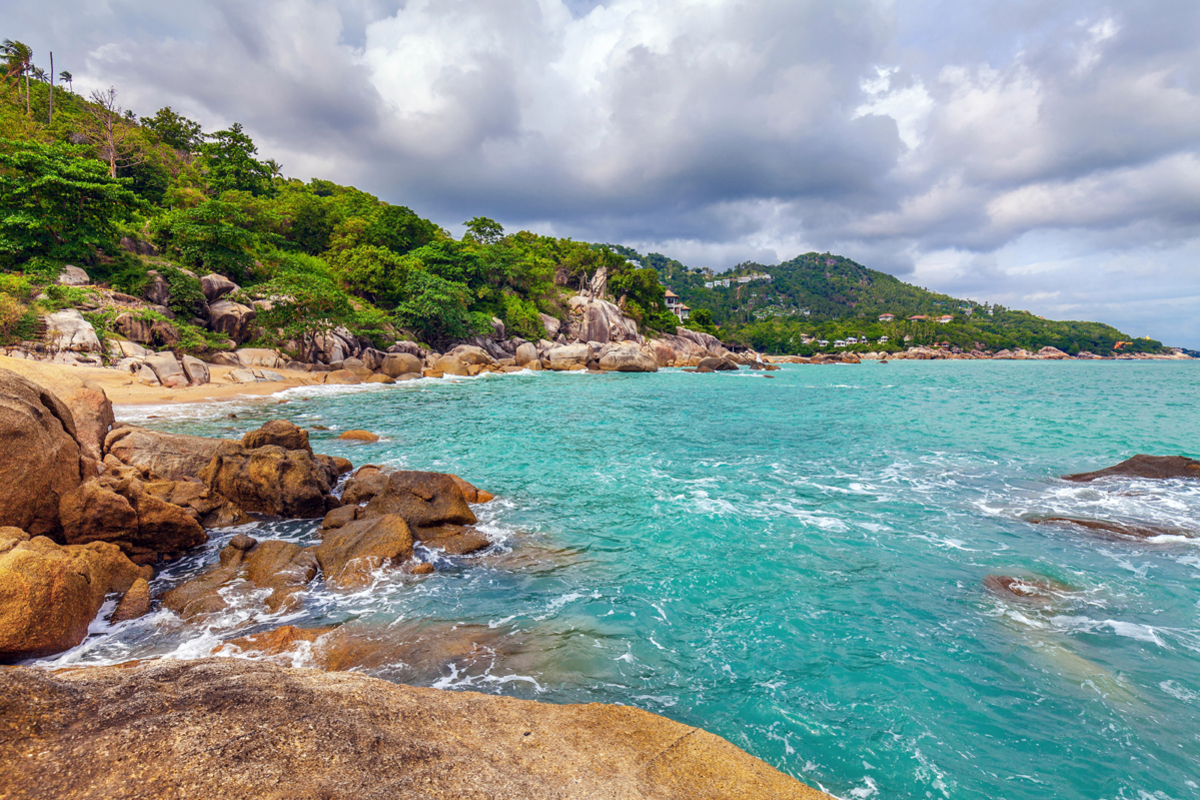
Before we begin, I should just like to offer a word to the wise on how to pronounce the word ‘koh’ - island.
The world for island in Thai, เกาะ, is usually transcribed as koh, but its actual pronunciation sounds more like the way young Londoners now pronounce the word ‘got’, which is with a short vowel followed a glottal stop at the end of the word. To say it correctly, pronounce the word ‘got’ but instead of ending the word with an audible ‘t’ sound, close your glottis, your vocal cords in your larynx (voice box) - to cut off the air escaping through the mouth. The result should be fairly close to the actual Thai pronunciation.
Koh Samui. The origin of the name, like many place names in Thailand, is obscure. The island itself has been occupied for about 1,500 years, initially by Malays, the hardy seafaring people of the archipelago, who lived largely by fishing and minimal agriculture, to be joined later by Chinese and Thai settlers.
Until the 1970s Koh Samui was an isolated and primarily self-sufficient community. The first regular service by boat to the mainland was set up in the mid-1800s and took about a day’s travel to cover the 35 kilometres from Surat Thani. There were no vehicles at all on the island before the 1940s.
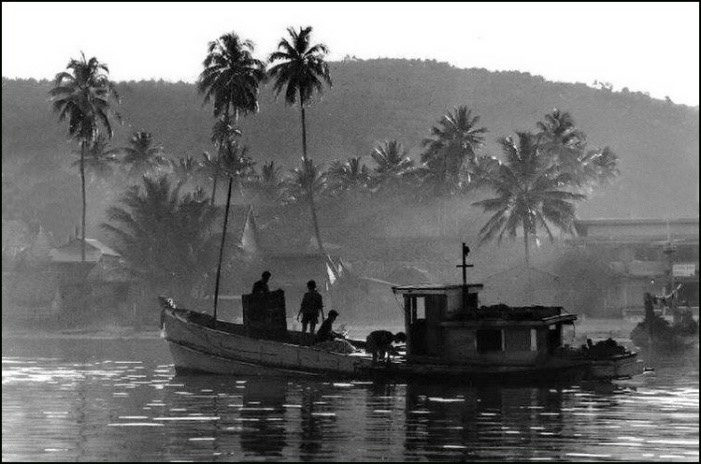 The integral link in the supply chain
The integral link in the supply chain
There were no roads at all and to cross the island required an arduous day’s trek of 15 kilometres from one side of the island to the other through the mountainous jungle terrain. Strenuous efforts, including hundreds of manual labourers and copious amounts of dynamite and heavy machinery adding mechanical muscle, led to improvements, but frequent delays and monsoonal conditions seriously hampered efforts to complete the project.
Finally, a ring road was constructed, a mere two metres wide initially, which sufficed for quite some time until it was widened at a later date. An influx of people from the mainland aided the development of the island’s infrastructure, especially in the agricultural field. Koh Samui’s fertile soil was perfect for growing a wide variety of fruits and for the establishment of coconut plantations.
The first tourist arrivals were backpackers from Europe and Australia, attracted by the island’s pristine, sandy beaches and unspoilt natural jungle. Accommodation for these intrepid travellers was basic at first, with most sleeping in simple beach-style huts along the seashore.
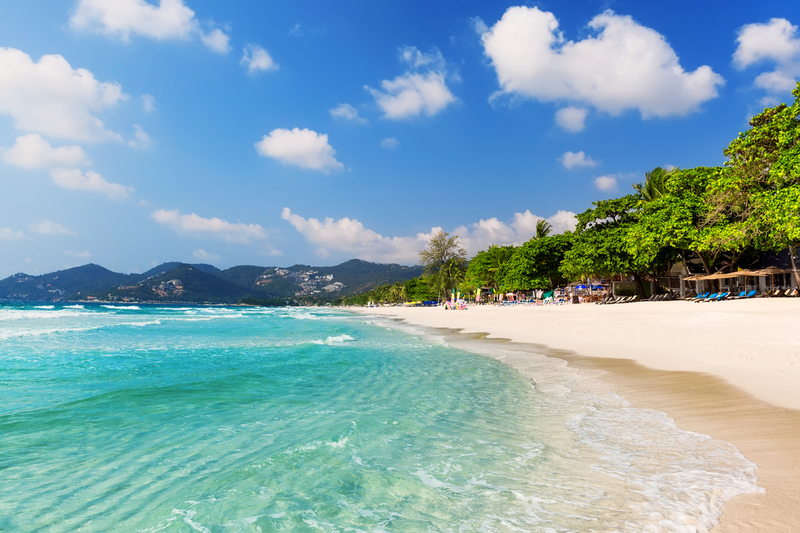
Aquamarine waters, jungle fringed beaches and blindingly white sand
Getting provisions to supply the needs of the ever-increasing number of backpackers was something of a problem and certain commodities were much sought after with prices rising to meet demand. But, by the 1980s the Thai government saw the potential for development and pumped much-needed resources into the island’s economy.
Tourism on the island now outstrips all other forms of income, with 4 and 5 star hotels, as well as luxury villas located across the island, and a growing expat community that has pushed expectations to the highest levels for service and quality.
Some people may lament the loss of innocence that Koh Samui has had to sacrifice to the demands of modern tourism, but the island today still remains one of the most stunning examples of tropical splendour you can imagine, with beaches that defy superlatives, jungle enclaves that nurture an amazing array of wildlife, and a local population which follows a way of life few places can emulate for hospitality, cuisine, quality of service, or the pleasure to be had from the simple joys of an absolute abandonment to doing nothing but that which induces happiness.










of collaborative energy




Before proceeding to use the website please carefully ready our Terms and Policies
I accept Diwerent's Terms and Conditions and Privacy Policy








